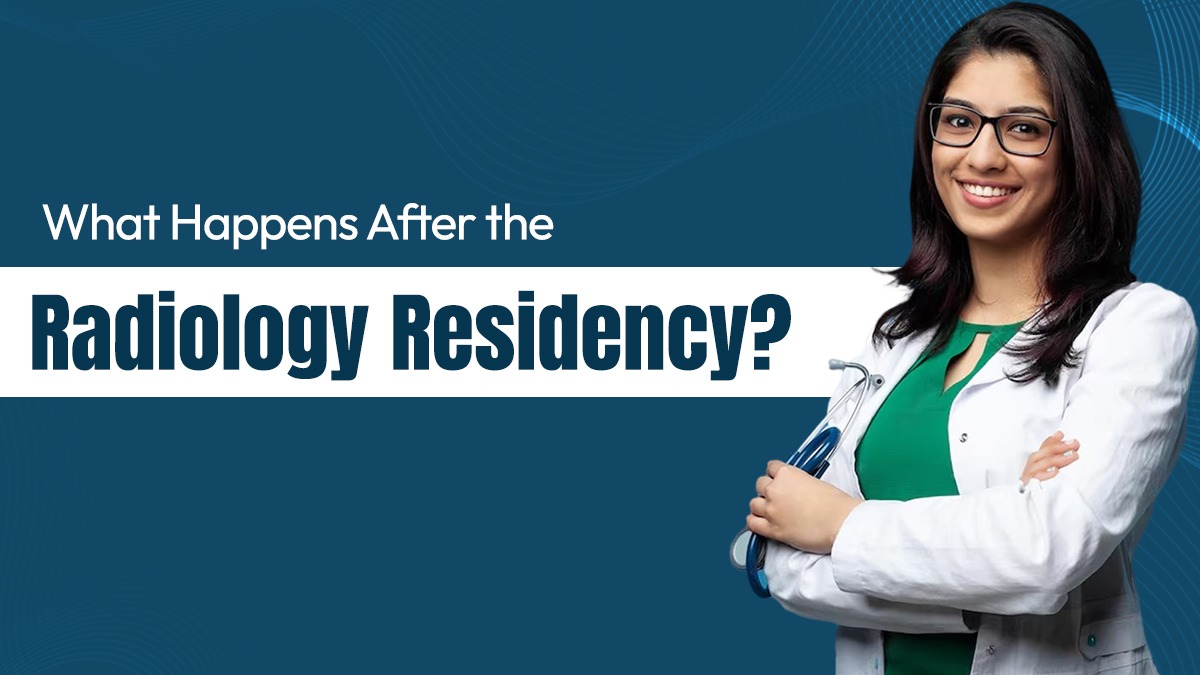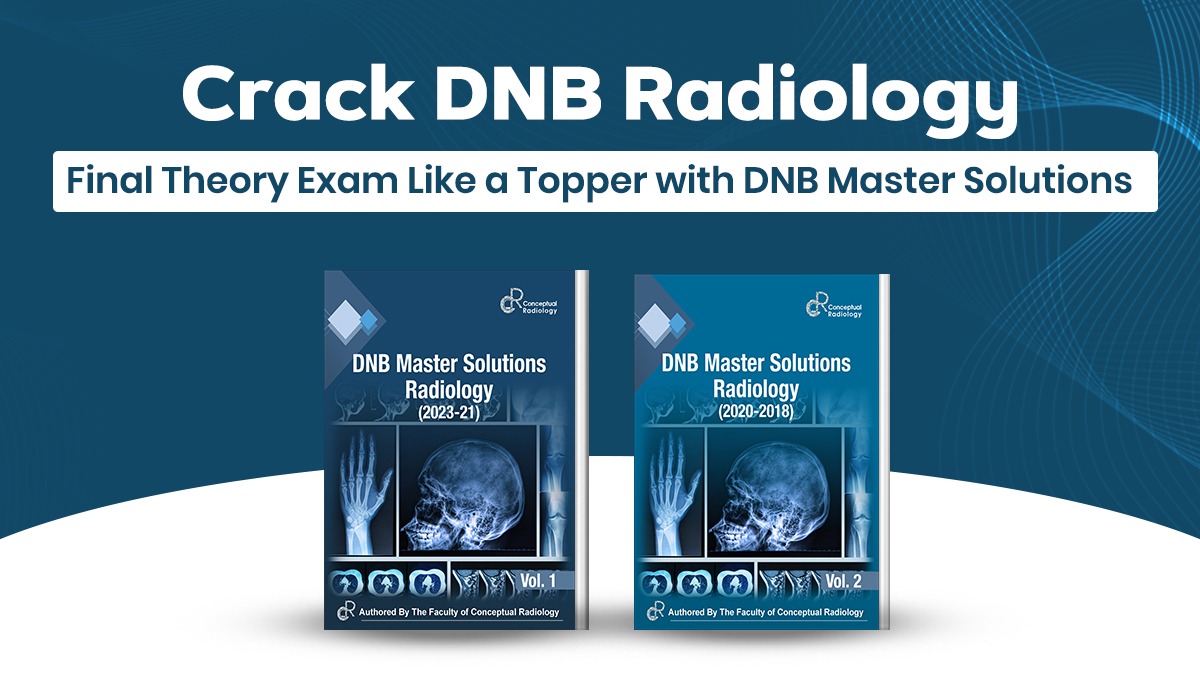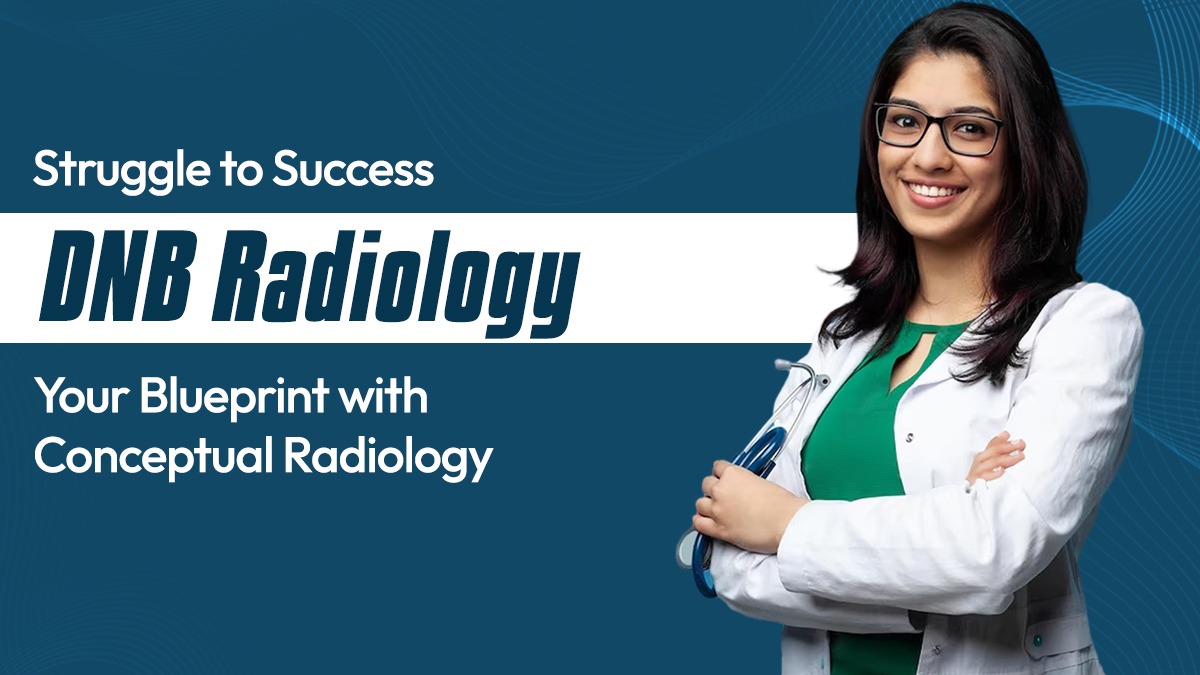Estimated reading time: 4 minutes
The end of a Radiology residency is not a finish line; it’s your powerful launchpad. After navigating years of case-heavy rotations, cross-sectional image analysis, and multidisciplinary discussions, you’ve finally earned your title as a radiologist. But now, with the metrical rhythm of training behind you, you’re faced with an open horizon.
What lies ahead? The world after residency isn’t a one-size-fits-all path. It’s a dynamic, ever-evolving spectrum of opportunities. Whether you’re passionate about sub-specializing, eager to contribute to research, or ready to shape the future of diagnostics through technology and innovation, this is your moment to choose.

In this blog, we will go through with various paths, which you can take after completing your Radiology Residency, each one offering its rewards, challenges, and room for growth. No matter what vision you hold for your future, understanding your options is the first step to building a career that’s both meaningful and fulfilling.
Step One: Pause, Reflect, and Strategize
Before diving into job applications or fellowship interviews, you can take a moment to reflect on what inspired you to choose radiology in the first place. What areas of your residency did you enjoy the most? Was it musculoskeletal imaging, neuroradiology, interventional procedures, or breast imaging?
This self-assessment can guide your next steps, whether you’re planning to enter straight into practice, opt for subspecialization, or explore opportunities outside traditional clinical roles.
Option 1: Subspecialization Through Fellowships
You know what is the most common route after Radiology Residency is pursuing a fellowship, along with radiology being a vast and ever-evolving field. In which you will get subspeciality training that can offer you deeper knowledge and a competitive advantage in your career.
Popular Radiology Fellowships:
- Neuroradiology
- Musculoskeletal Radiology (MSK)
- Cardiothoracic Imaging
- Abdominal Imaging
- Pediatric Radiology
- Breast Imaging
- Interventional Radiology (IR)
- Nuclear Medicine/PET-CT
The training for Subspecialty typically lasts 1–2 years, depending on the country and , best radiology fellowship programs. This additional qualification opens doors for you to high-end diagnostic centers, academic positions, and roles in tertiary care hospitals.
Why Pursue a Fellowship?
Radiology Fellowships are in higher demand and offer better compensation.
It makes you skilled in a specialized area.
You will get greater confidence in handling complex cases.
Residents will align with better opportunities in teaching and research.
Option 2: Entering Clinical Practice
As a Radiology Residency, if you want to start working immediately, then entering clinical practice is one of the practical and rewarding choices.
Types of Practice Settings:
Private Diagnostic Centers
- High-volume work
- Competitive pay packages
- Scope for procedural radiology
Corporate Hospitals
- Structured work environment
- Better work-life balance
- Team-based interdisciplinary practice
Government Sector
- UPSC/State Public Service roles
- Medical colleges and public hospitals
- Job security and academic exposure
Option 3: Academic and Teaching Careers
There are so many options you can choose in Academic Radiology, if you are passionate about mentoring-
- Assistant professor positions at medical colleges
- Teaching hospitals affiliated with universities
- DNB/MD Radiology training programs
- CME organizations and digital medical education platforms
Option 4: Research and Innovation
Radiology sits at the intersection of clinical science and technology. For those who enjoy innovation, medical imaging research offers a space to contribute to the move with AI, imaging biomarkers, teleradiology, and contrast agent development.
Research-Focused Career Tracks:
Join as a clinical researcher in imaging labs
Collaborate with AI/health-tech startups
Radiology Residency can work with global research organizations
You can apply for funded PhDs or postdoctoral positions
Personal Considerations After Residency
Being a radiology resident, you have done proper planning, which is essential for sure, but in between,n don’t forget to prioritize your own personal growth and well-being. Residency is a very demanding journey as physically, both physically and emotionally. So you should consider a short break to spend time with family or travelling before diving into your next role.
Transition Challenges and How to Overcome Them
Common Challenges Solutions
| Decision fatigue from too many options | Talk to seniors and mentors who have walked similar paths |
| Fear of missing out on the “right” path | Join professional societies (IRIA, RSNA, etc.) |
| Lack of mentorship | Attend career webinars and fellowship workshops |
| Self-doubt in early clinical practice | Set short-term and long-term career goals |
If you’re looking for a detailed breakdown of career options, superspeciality exams, and decision-making strategies after radiology residency, you can also explore this https://www.conceptualradiology.com/scope-after-radiology-residency-exploring-your-options-and-super-speciality-exams/.
Conclusion
Completing your Radiology Residency marks the end of structured training, but also the beginning of a fulfilling, lifelong journey in radiology. What matters most is aligning your choices with your interests, values, and long-term goals. Be bold, seek guidance, and allow yourself the freedom to grow, both professionally and personally.











